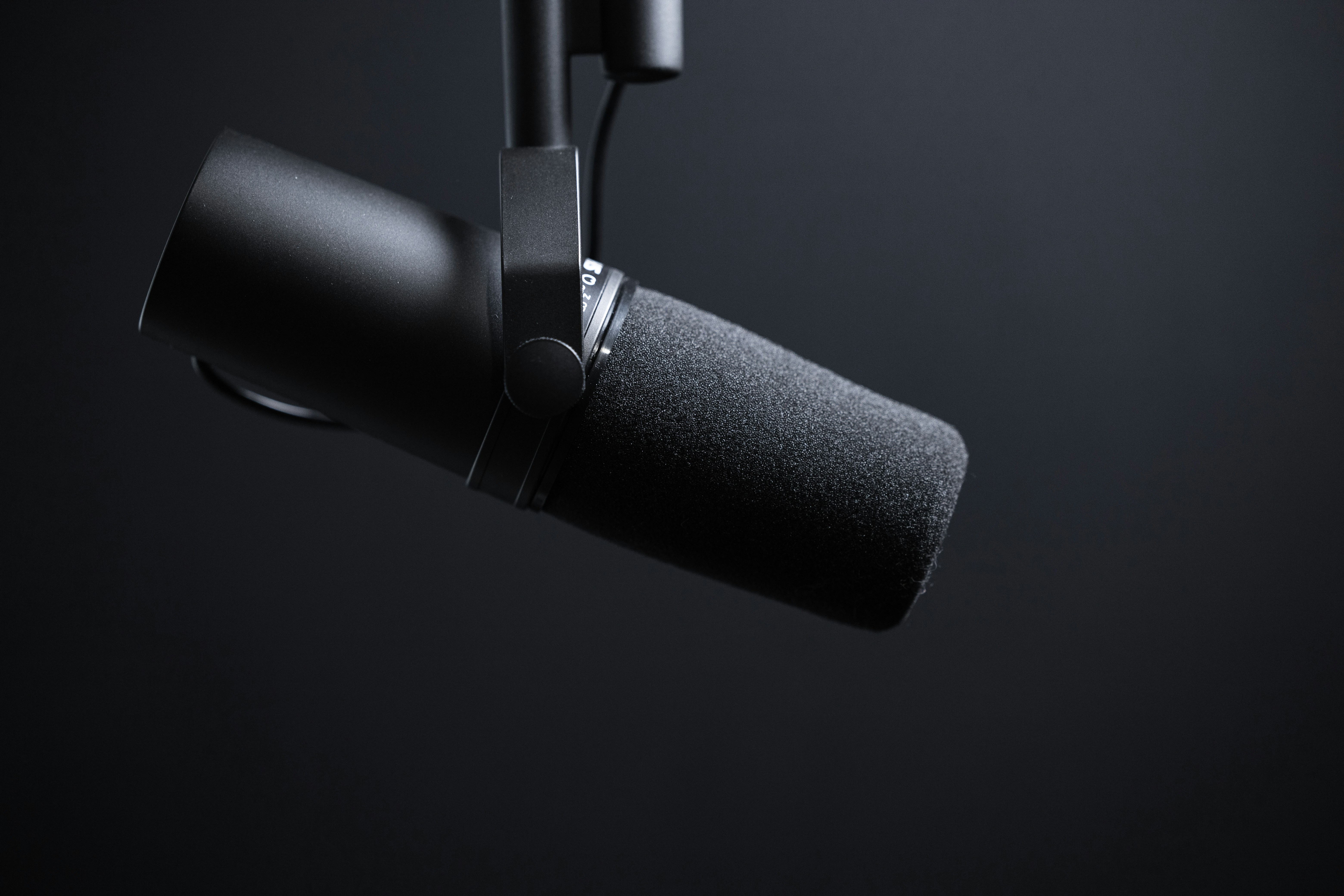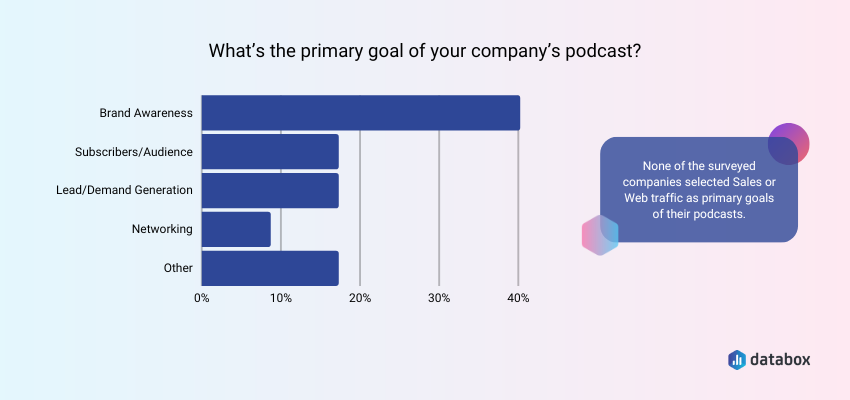
Where Should We Begin with Branded Podcasting?
A Guide to Starting Your Journey 🎙️
So, you’re thinking about launching a branded podcast?
Fantastic! Podcasts have quickly become a key tool in the content marketing arsenal for brands big and small. They’re intimate, engaging, and perfect for storytelling. But before you hit that record button, it’s important to know where to begin. Lets get straight into the ins and outs of branded podcasting—where to start, what to consider, and how to make your podcast resonate with your audience.

1. Understanding Branded Podcasting
Before jumping into the nitty-gritty of how to create a branded podcast, let's first understand what it is. A branded podcast is a podcast produced by or in partnership with a company, where the content aligns with the company’s brand values, goals, and message.
These podcasts aren’t just about promoting your products or services (in fact, that’s the last thing you want to do!). Instead, they’re about creating meaningful content that adds value to your audience’s lives while subtly reinforcing your brand’s identity.
Key takeaway: A branded podcast is more about storytelling and less about advertising. It’s your brand’s voice in your audience’s ear—literally.
📝 Pro Tip: Before you even start planning your episodes, be crystal clear about your brand's message and values. This will guide every decision you make from here on out.
2. Define Your Objectives: Why Are You Starting This Podcast?
Every successful podcast begins with a clear purpose. Ask yourself: Why do we want to create a podcast?
Here are some common objectives:
Brand Awareness: Amplify your brand’s visibility and recognition.
Thought Leadership: Establish your brand as an expert in your industry.
Community Building: Foster a sense of community among your audience.
Lead Generation: Attract potential customers through valuable content.
🛑 Pause & Reflect: Your objective will shape the entire direction of your podcast. Is your goal to entertain, educate, or inspire? Do you want to build a community or sell a product? Your objective is your North Star—it will guide your content strategy, tone, and even the guests you invite.

3. Know Your Audience: Who Are You Speaking To?
Once you know why you’re creating the podcast, the next step is to understand who you’re creating it for. Knowing your audience inside and out is crucial.
Consider These Questions:
Who is your ideal listener? What are their demographics, interests, and challenges?
What are they already listening to? Understanding your audience’s existing media diet can help you create content that resonates.
What value can you provide? What will make them tune in every week?
📊 Did you know that 74% of podcast listeners tune in to learn something new?
4. Crafting Your Concept: What’s Your Big Idea?
Now comes the fun part—brainstorming your podcast’s concept! The concept is the core idea or theme that will run through every episode.
Think About:
Format: Will it be an interview-based show, a narrative series, or a roundtable discussion?
Tone: Will it be formal or casual, humorous or serious?
Unique Angle: What will make your podcast different from the thousands already out there?
💡 Example: If you’re a tech company, your podcast might explore the intersection of technology and society, with a focus on how your innovations are shaping the future. Or, if you’re a fashion brand, perhaps you’ll dive into the history of iconic fashion trends, interviewing designers and cultural commentators along the way.

6. The Technical Side: What Equipment and Software Do You Need?
Don’t let the tech intimidate you. While high-quality production values are important, you don’t need to break the bank to get started.
Here’s a Basic Setup:
Microphone: Invest in a good-quality microphone. USB mics like the Blue Yeti are popular choices for beginners.
Headphones: A decent pair of closed-back headphones to monitor your audio.
Recording Software: Audacity (free) or Adobe Audition (paid) are great options for recording and editing.
Hosting Platform: You’ll need a podcast hosting service like Libsyn or Anchor to distribute your podcast to platforms like Spotify and Apple Podcasts.
🎛️ Tip: Good sound quality is non-negotiable. Spend some time testing your equipment and acoustics before recording your first episode OR work with experts such as a corporate podcast production agency (like Pikkal & Co!) to take care of the heavy lifting and technical side for you and give you much more time to focus on what you're best at!
7. Planning Your Content: How Will You Keep the Ideas Flowing?
One of the biggest challenges in podcasting is maintaining a consistent content calendar. Here’s how to plan ahead:
Steps to Follow:
Create a Content Calendar: Plan your episodes at least a month in advance. Include episode topics, guest appearances, and key dates.
Batch Recording: Record multiple episodes in one sitting to save time and reduce stress.
Listener Feedback: Pay attention to what your audience loves and incorporate their feedback into future episodes.
🗓️ Content Idea: Share a template for a podcast content calendar that readers can download and customize.
🔗 Call to Action: Invite readers to subscribe to your newsletter to receive monthly content planning tips and podcasting advice.
8. Promotion: How Will You Get the Word Out?
Creating a great podcast is only half the battle—you also need to promote it effectively.
Strategies to Consider:
Leverage Social Media: Share teasers, behind-the-scenes content, and episode highlights on platforms like Instagram, LinkedIn, and Twitter.
Email Marketing: Use your email list to promote new episodes and special guests.
Cross-Promotion: Collaborate with other podcasters or influencers to expand your reach.
SEO Optimization: Make sure your podcast title, description, and episode notes are optimized for search engines.
📢 Idea: Include an example of a social media post that effectively promotes a podcast episode, complete with suggested hashtags and a call to action.
9. Measuring Success: How Will You Know if It’s Working?
Finally, let’s talk metrics. How will you know if your podcast is achieving your goals?
Key Metrics to Track:
Downloads: Track the number of downloads or streams for each episode.
Listener Retention: Measure how long listeners stay engaged with your episodes.
Audience Growth: Monitor your subscriber count and how it changes over time.
Engagement: Pay attention to listener reviews, social media mentions, and feedback.
🎯 Tip: Set specific, measurable goals before you launch. For example, “We aim to reach 1,000 downloads within the first three months.”
Final Thoughts
Starting a branded podcast is an exciting journey, but it requires thoughtful planning and execution. By understanding your objectives, knowing your audience, and crafting a compelling concept, you’ll be well on your way to creating a podcast that not only resonates with listeners but also strengthens your brand.
Remember, podcasting is as much about consistency and persistence as it is about creativity. Keep experimenting, learning, and most importantly, enjoying the process.
Need help? Contact us to discuss how we can bring your branded podcast to life.
📩
Take this quiz to help you find out if your business is ready to launch a branded podcast and provide actionable guidance towards making it happen. ⬇️